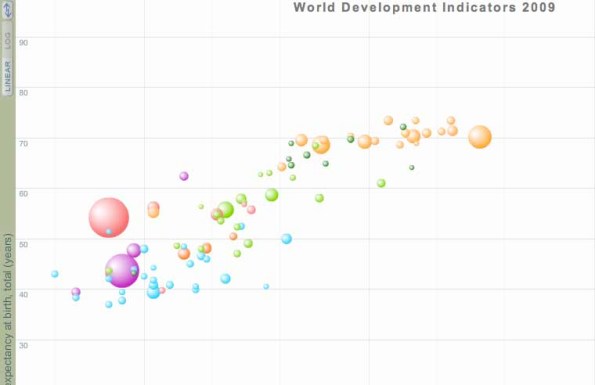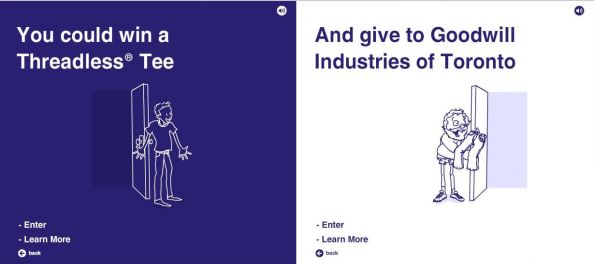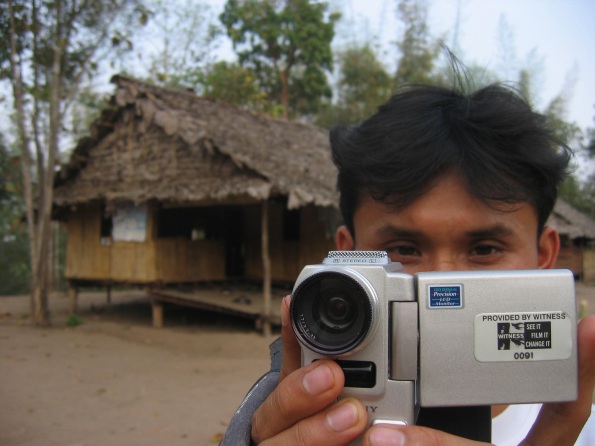Archive
Asians and Westerners Think Differently…there’s proof!
This is a good read especially if you want to learn about how Westerners think differently than Asians: The Geography of Thought by Richard E. Nisbett, a social psychologist teaching at the University of Michigan.
The author’s fascination with this topic got its kick-start when a Chinese student said to him, “You know, the difference between you and me is that I think the world is a circle, and you think it’s a line.” Though Nisbett was skeptical he was definitely intrigued. He had been a lifelong Universalist and believed that all human groups perceive and reason in the same way. Now he needed to find the evidence to prove it one way or another.
Nisbett conducted many psychological experiments, often with the assistance of Asian colleagues, which revealed that, in fact, European/American analytic and perceptual modes differ from those of Asians (specifically Chinese, Japanese, and Koreans).
Westerners, he found, focus on objects and their control, Asians on context and harmony; Westerners are linear and rhetorical, while Asians are holistic and relational; where Westerners see simplicity, logic, and stability, Asians find complexity, paradox, and change.
His work is the first to offer solid research and theory to back it up.
While we Westerners are cognitive descendants of Aristotle and Greek thinking, Asians think differently and more holistically.
For instance, I liked his comparison of early childhood learn-to-read books. In the West, we see a single child depicted running across the lawn and the text is “See Dick run. See Dick play.” It’s all about me. While in Asia in the same era, the first page of a primer shows a little boy sitting on the shoulders of a bigger boy. “Big brother takes care of little brother. Big brother loves little brother.” It’s all about us.
Backed up with many experiments, Nisbett provides convincing evidence that “Human cognition is not everywhere the same”. Such a contention pits his work squarely against evolutionary psychology and cognitive science, which assume all appreciable human characteristics are “hard wired.” This has implications today as China gains such a world presence and influence.
In this conceptual age of globalization, can the world villagers really learn to understand each other? Are we headed towards convergence or continued divergence? Nisbett claims we all will have to make some compromises so that an equitable blending can really happen.
But, if change and adaptation are inevitable it’s quite possible that the new world culture that emerges could be the best one of all!
Thank you World Bank! You’re the best.

Here’s a screen grab of a very cool interactive data visualizer now available to all of us compliments of World Bank. Thank you very much. I haven’t had this much fun exploring data in, well, let’s see? How about never. So, enjoy it while it’s free, ok?
Here’s what it does. It dramatically shows the change of data through time. The time series used in this Data Visualizer is a subset of 2009 World Development Indicators database. It contains 49 indicators for 209 countries and 18 aggregates from 1960-2007. Data includes social, economic, financial, information & technology, and environmental indicators. Think about it…that’s like a gazillion possible combinations. But, wait there’s more!
You establish what you want to appear on the x-Axis and the y-Axis. For instance, you select “Life Expectancy” on the y-axis and the GNI (Gross National Income) on the x-axis and hit the start button. Wow! These color bubbles representing all the countries of the world move and change through time from the 60’s right up to today. Go give this a try…you’ll be hooked, I’m sure of it.
I remember the TED presentations where Hans Rosling demonstrated this magic data visualizer. Now, thanks to the folks at Google and World Bank, we get to play with it, too.
Hey, and by the way…check out all the very cool things that the World Bank is doing to free the world of poverty. Awesome!
Let’s read a book and talk about it, ok?
Dr. Mike Schmoker, educational consultant, has just published another book: “RESULTS NOW: How We Can Achieve Unprecedented Improvements in Teaching and Learning.” Schmoker’s plea is in sharp contrast to those educators wanting to infuse all kinds of technology into classrooms.
Schmoker states right up front that the priorities should be what we teach and how we teach. “The simplicity of this approach could have a profound impact on providing a rich education, not for some, but for all students,” he writes.
On the idea of simplifying 21st century education, Schmoker comments that “history is not on the movement’s side. … The tendency to run after every ‘shiny new idea’ often leads to faddishness. … American schools still are not delivering a content-rich curriculum for all students.”
Success hinges on simplicity in priorities, Schmoker explained. And it doesn’t even have to be done perfectly, just reasonably well. “Students need to be able to read something, talk to each other about it, and write about it,” Schmoker stated. “This is mostly old stuff from the 19th and 20th centuries, not unique to the 21st century.”
How can a high-quality education be achieved by all students? “Get rid of the silly stuff in pursuit of some new fad,” Schmoker said. Instead, teach kids to read slowly, turn to one another to talk about it, and then write about it. Amazingly, Schmoker stated, only 25 percent of schools adhere to these seemingly mundane things.
Have you taken the time to read a good book lately?
Split Screen Website-Interesting Idea!

Website with Nice Split Screen Effect
Cadbury’s is currently running their One For You, One For Me charity contest in Canada that features a website divided into two sides, where everything visitors interact with on one side affects the other side as well.
Every week 15-20 new prizes are up for grabs, each paired to a charitable contribution on the other side of the screen that Cadbury will match monetarily. Entering the contest with UPC codes from Cadbury products, users select from a variety of prize/charity contributions. For instance, you could win a bookstore gift certificate on the left side of the screen for yourself and if you win donations are made to a Literacy foundation on the right.
This is not only one of those ‘feel good’ contests that helps charities but also it’s done in a clever, interactive way.
It’s also interesting to consider what other applications this split screen concept might have in the world of website development. Check it out.
SEE IT – FILM IT – CHANGE IT
Witness.org uses video and online technologies to open the eyes of the world to human rights violations. Here’s the deal. This group trains Human Rights Organizations how to use the power of video to report on rights violations.

The story of WITNESS is one of both vision and evolution. It began in 1988, the year musician and activist Peter Gabriel traveled with Amnesty International ’s Human Rights Now! Tour. Peter brought along a Sony Handycam, one of the first small camcorders marketed to consumers, to record the stories he heard. In 1991, a bystander captured on videotape the brutal beating of Rodney King, Jr. by Los Angeles police. The footage, flashed on TV screens around the globe, initiated an international conversation about police brutality and racial discrimination. Those images demonstrated the immense power of video to capture the world’s attention and viscerally communicate human rights abuses.
WITNESS has worked in over 70 countries to advance human rights through the use of video for change.
WITNESS empowers people to transform personal stories of abuse into powerful tools for justice, promoting public engagement and policy change.
Their slogan is See it – Film it – Change it
Using Interactive Media to Change the world!
